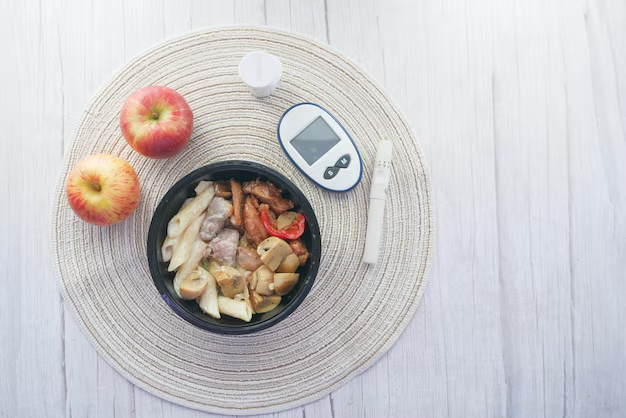Enjoying Fruit Safely with Diabetes: What You Need to Know
If you're living with diabetes, the thought of incorporating fruit into your diet might seem daunting. However, the good news is that you can indeed enjoy fruit without negatively impacting your blood sugar levels. With the right approach, you can savor the sweet and refreshing flavors fruits offer while managing diabetes effectively.
Understanding Fruit and Diabetes
Fruit is a natural source of vitamins, minerals, and fiber, all of which are beneficial for overall health. While it's true that fruits contain carbohydrates and natural sugars, they often come with a variety of nutrients that can play a role in a balanced diet for those with diabetes. Here's what you need to consider:
- Know Your Portions: Portion control is critical when consuming fruits. Stick to small servings to prevent blood sugar spikes.
- Choose Wisely: Opt for fruits with a low glycemic index (GI), which have a slower impact on blood sugar levels. Berries, cherries, apples, and pears are excellent choices.
- Pair It Up: Combine fruit with protein or healthy fats—like a handful of nuts or a piece of cheese—to moderate blood sugar spikes.
Eating Fruit in a Diabetes-Friendly Way
Pick the Right Time
Timing matters when it comes to consuming fruit. Try eating fruit:
- After a meal: This can help to minimize the impact on blood sugar levels since other nutrients can buffer the sugar absorption.
- As a snack: Pair it with a protein-rich food to keep your levels stable and your hunger satisfied.
Stay Mindful of Fruit Juices and Dried Fruits
- Fruit Juices: These can have a high sugar content with little of the fiber that whole fruit contains. Opt for whole fruits instead.
- Dried Fruits: Dried fruits are more concentrated in sugar and less filling than fresh fruits. If you indulge in dried fruits, keep portions very small.
Taking Care of Your Financial Health
Managing diabetes involves regular monitoring and potentially costly medications or dietary needs. Fortunately, there are financial assistance programs available to ease this burden, allowing you to focus on maintaining a healthy lifestyle. Here’s how you can seek out help:
- Government Assistance: Programs like Medicaid or the Supplemental Nutrition Assistance Program (SNAP) can provide support for eligible individuals, helping cover medical and nutritional needs.
- Affordable Care Act: Offers health insurance options that may cater to individuals with pre-existing conditions like diabetes, with plans that cover essential treatment options.
- Diabetes-Specific Charities and Foundations: Organizations often provide financial assistance or grants to individuals needing help with medical supplies and education.
- Educational Opportunities: Look for community programs or online courses that offer classes about diabetes management and healthy living on a budget.
Ultimately, approaching your dietary and financial health proactively is the key to thriving with diabetes. Consider exploring resources that can help reduce the economic pressures of managing this condition.
Helpful Resources to Consider:
- 💊 Prescription Assistance Programs: Many pharmaceutical companies provide programs to help afford medications.
- 🍏 SNAP Benefits: Provides financial assistance for purchasing nourishing foods, suitable for maintaining a balanced diet.
- 🎓 Diabetes Self-Management Programs: Offers educational resources and support groups often at reduced rates or through community centers.
- 💼 Employment and Disability Resources: Assistance programs navigate employment rights and disability options for those unable to work full-time due to health conditions.
By maintaining a mindful attitude towards both your diet and financial options, you can enjoy fruit as part of a diabetes-friendly lifestyle without compromising on your life quality.
